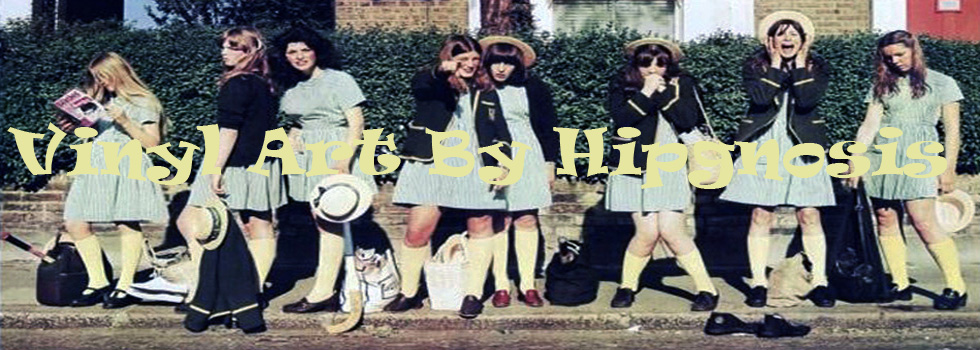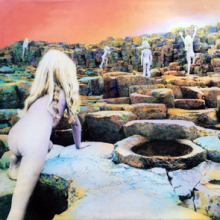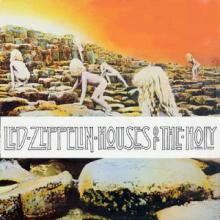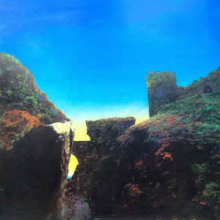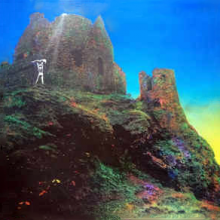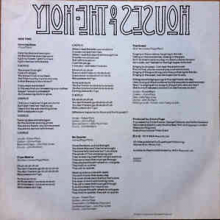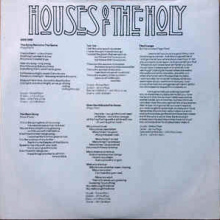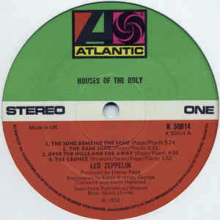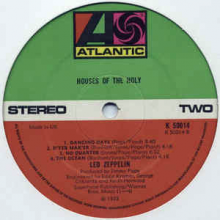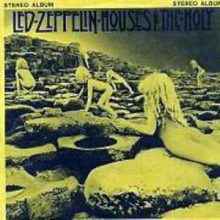Biography
Led Zeppelin formed out of the ashes of The Yardbirds. Jimmy Page had joined the band in its final days, playing a pivotal role on the group’s final album, 1967’s Little Games, which also featured string arrangements from John Paul Jones. During 1967, the Yardbirds were fairly inactive. Whilst the band members decided the group’s future, Page returned to session work in 1967. In the spring of 1968, he played on Jones’ arrangement of Donovan’s “Hurdy Gurdy Man.” During the sessions, Jones requested to be part of any future project Page would develop. Page would have to assemble a band sooner than he had planned. In the summer of 1968, the Yardbirds’ Keith Relf and Jim McCarty left, leaving Page and bassist Chris Dreja with the rights to the name, as well as the obligation of fulfilling an upcoming fall tour. Page set out to find a replacement vocalist and drummer. Initially, he wanted to enlist singer Terry Reid and Procol Harum’s drummer B.J. Wilson, but neither musician was able to join the group. Reid suggested that Page contact Robert Plant, who was singing with a band called Hobbstweedle. https://en.wikipedia.org/wiki/Led_Zeppelin
Inducted into Rock And Roll Hall of Fame in 1995.
